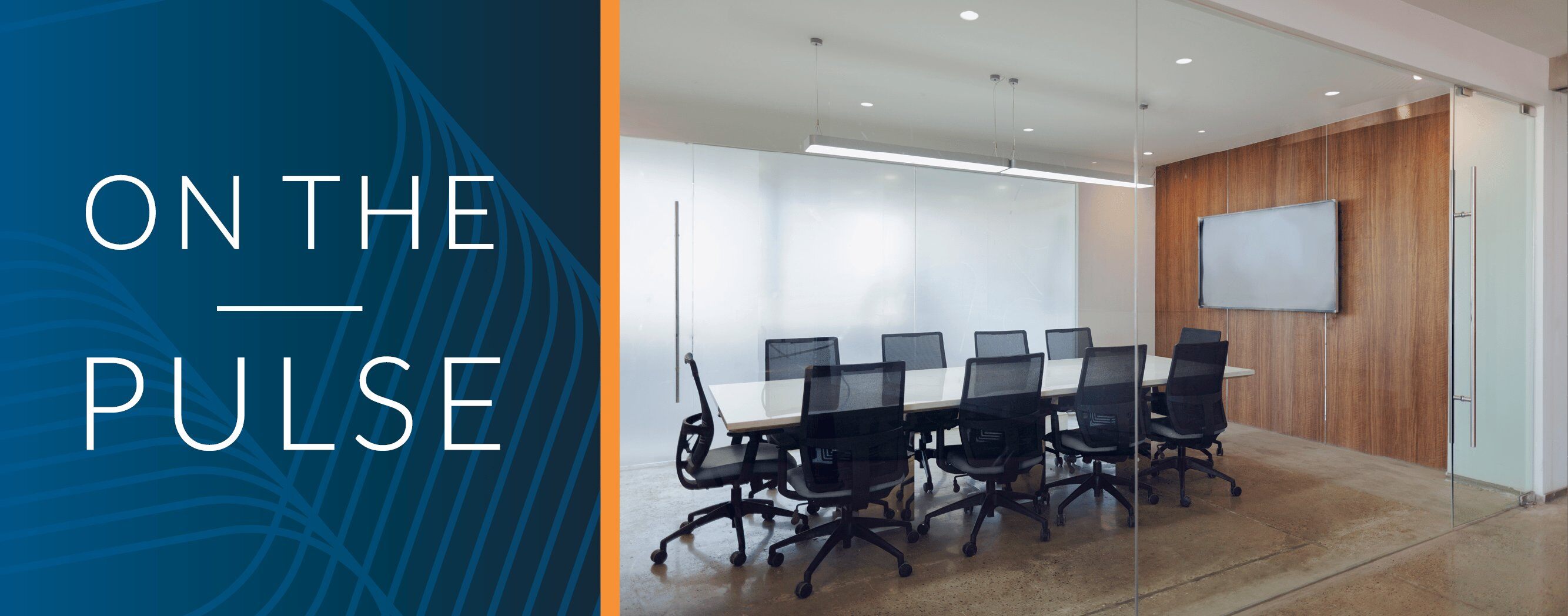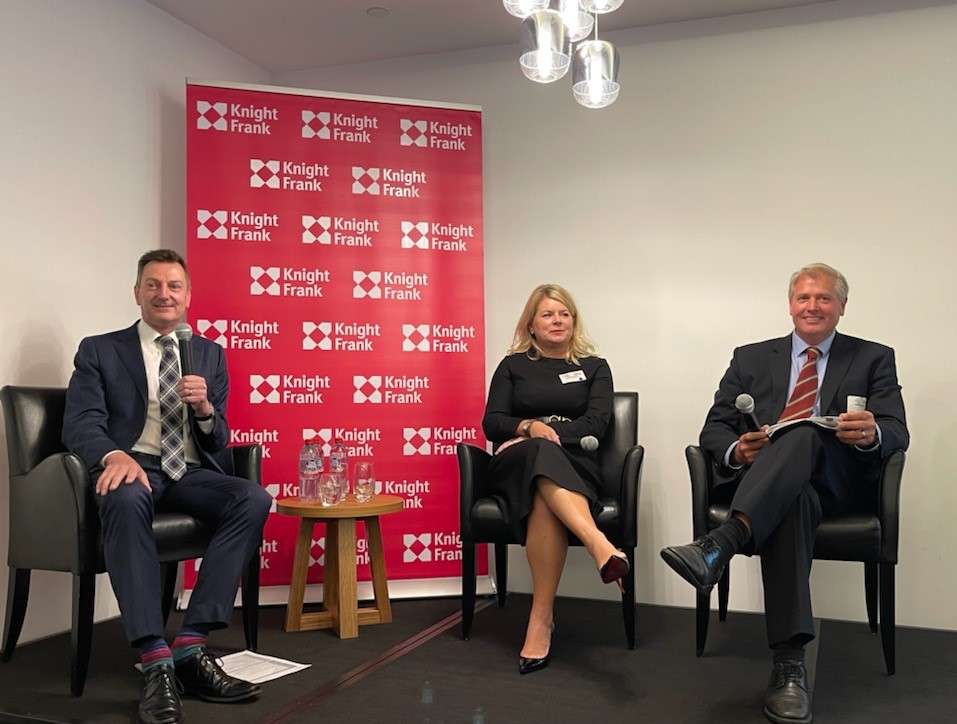August 2025 Property Pulse Check
Newsletter
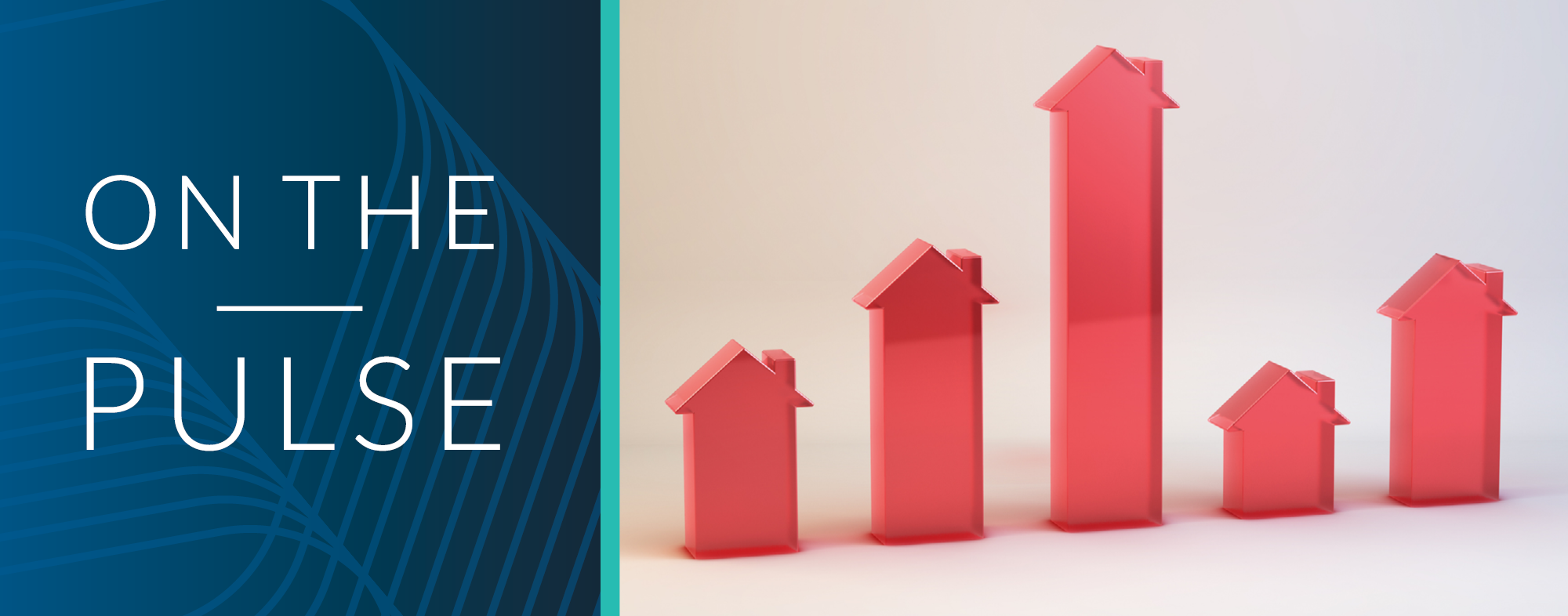
Introducing Opteon's new Property Pulse Check, offering a concise, quarterly overview of market conditions across Australia’s commercial and residential sectors in each quarterly edition of On the Pulse.
Tracking the rhythm of Australia's Property Markets
Our quarterly Pulse Check offers a quick read on the health of Australia’s property markets, using a familiar metaphor: the heartbeat. Just like a pulse can signal calm, exertion, or fatigue, market conditions vary by region and cycle. We’ve asked our experts to assess the rhythm of their local markets this quarter: whether it’s resting, elevated, or slowing. Their insights provide a timely snapshot of buyer and seller sentiment, helping you stay in step with the changing pace of the property landscape.
Resting Pulse – The market is steady and well-balanced, ticking along at a healthy pace.
Elevated Pulse – Activity is ramping up, with strong demand pushing the market into growth mode.
Slow Pulse – Momentum is easing as the market takes a breather after a busy run.
Here’s what our experts are seeing on the ground this quarter:
Commercial
Retail
WA focus: Dan Hill, National Director Specialist Real Estate & Residential Development
"Private investors, including high-net-worth individuals and family offices, remain active in acquiring neighbourhood centres underpinned by strong land value and mixed-use potential. While development appetite exists, high construction and financing costs continue to delay major redevelopment.
In WA, owners are instead focused on optimising existing assets. Limited new supply, combined with WA’s strong population growth, has resulted in low retail floorspace per capita driving up visitation, sales (MAT), and rental growth.
Vacancy remains low across convenience-based centres, with tenant demand stable and incentives easing. Yields have generally stabilised, suggesting the bottom of the capitalisation cycle has passed. Asset values are now supported by income growth and resilient tenant performance."
Office
Melbourne focus: Sam Lipshut, Head of Middle Markets & Portfolio
"The Melbourne suburban office market remains relatively subdued, with interest rate cuts in early 2025 doing very little to heighten investor interest. Confidence was not assisted, by the RBA’s decision to keep interest rates on hold at its most recent meeting in early July 2025. The investment market over the past 18 to 24 months has experienced a slowdown in sales activity in response to inflationary pressures and rising interest rates during that period.
The suburban office market has been further impacted by businesses still grappling with optimal occupancy requirements, as a hybrid "work from home" model evolves, particularly for secondary buildings with capital expenditure requirements and increased vacancy. Vacancy rates are at relatively high levels across many office precincts throughout Metropolitan Melbourne. As businesses reassess space requirements, a common theme has been downsizing into newer/higher quality buildings which meet organisational ESG requirements and attract/retain the younger staff demographic. Despite economic headwinds (both local and global), the owner occupier market has been somewhat resolute, with several suburban office transactions in the $5M to $20M capital value range."
Industrial
Western Sydney focus: Paul Bungate - Director Middle Markets & Advisory
The Western Sydney industrial sector continues to experience heightened interest from owner-occupiers, who are actively seeking to secure assets for their operational needs. This demand is being driven by a combination of factors, including the ongoing expansion of logistics, e-commerce, and manufacturing businesses in the sector. Institutional and private investors, who had taken a more cautious approach amid rising interest rates and yield decompression over the past 12–18 months, are now showing signs of renewed interest in the Western Sydney industrial market.
The Reserve Bank’s recent indications of potential interest rate cuts, along with a stabilisation of inflation, are creating more favourable lending conditions. Looking ahead, the Western Sydney industrial market is well-positioned for sustained growth, underpinned by limited supply, strategic infrastructure investment, and renewed interest from both owner-occupiers and investors."
Residential
Michael McNulty, National Director, Residential Valuation Operations
"In Q2 2025, Australia's residential property market experienced a notable resurgence, with national home values rising by 1.4% and capital cities like Sydney, Brisbane, Adelaide, Perth, and Darwin reaching new price peaks.
This is somewhat attributed to more affordable borrowing costs, as the RBA reduced rates from 4.35% to 3.85%, boosting both market confidence and buyer activity . However, this price acceleration, nearly twice the rate of wage growth, has exacerbated housing affordability issues, particularly in cities like Adelaide, where median house prices have surged by nearly 75% over five years, prompting many young buyers to delay starting families .
On the luxury end, Sydney dominated high-end real estate transactions, capturing 17 of the nation's top 20 property sales totaling approximately $1.12 billion, driven by its iconic waterfronts and luxury housing stock."
|
George Garagounis |
New South Wales |
||||||||
|
Calvin Rogers ACT Director |
Australian Capital Territory The ACT property market is in a very slight growth phase, driven by average demand and slightly lower supply levels. Confidence is slowly improving, but affordability challenges and economic pressures may moderate future growth. |
||||||||
|
Simon Pascoe Regional Director |
South Australia |
||||||||
|
Matthew Jobson State Director |
Queensland The QLD residential market is characterised by low supply levels and in most areas strengthening demand. Interstate migration, particularly to SEQ continues to be a feature of the market. Interstate investors continue to feature prominently in regional centres throughout regional QLD enticed by comparatively strong rental yields. |
||||||||
|
Ryan Sargant State Director |
Western Australia Perth's residential property market is currently experiencing good growth, with both house and unit values rising, though at a slower pace than earlier in the year. Rental yields remain attractive for investors, and while rent increases are moderating, the market remains tight.
Northern Territory The Darwin residential market is currently experiencing a period of growth and recovery, with strong rental yields and low vacancy rates. While some areas may show minor price fluctuations, the overall trend is positive, making it an attractive market for both owner-occupiers and investors. |
||||||||
|
Nello Noto State Director |
Victoria The regional residential property market is currently experiencing moderate growth, with rising median house prices and increased activity—particularly through buyers’ advocates. Investor interest remains strong, supported by attractive rental yields and tight vacancy rates across many regional centres. In contrast, the Melbourne residential market is showing subdued conditions. While overall activity is softer, newer or recently renovated homes are still attracting solid interest and are selling relatively quickly at reasonable price points. Rental yields in Melbourne have also softened slightly, although vacancy rates remain low. Some investors are choosing to exit the market, influenced by the rising cost of land tax and broader economic pressures. While certain suburbs may experience minor price fluctuations, the overall trend across the city remains stable but subdued. |
||||||||
|
Nicole Bevilaqua Regional Director |
Tasmania Hobart activity has increased, with the number of sales activity increased. Devonport and Launceston are seeing an increase of growth and values, with increases sale transactions. Rental markets are stready but a tightly held market. |
||||||||





.png?width=375&height=375&name=OTP%20dashboard%20resi%20profiles%20(2).png)





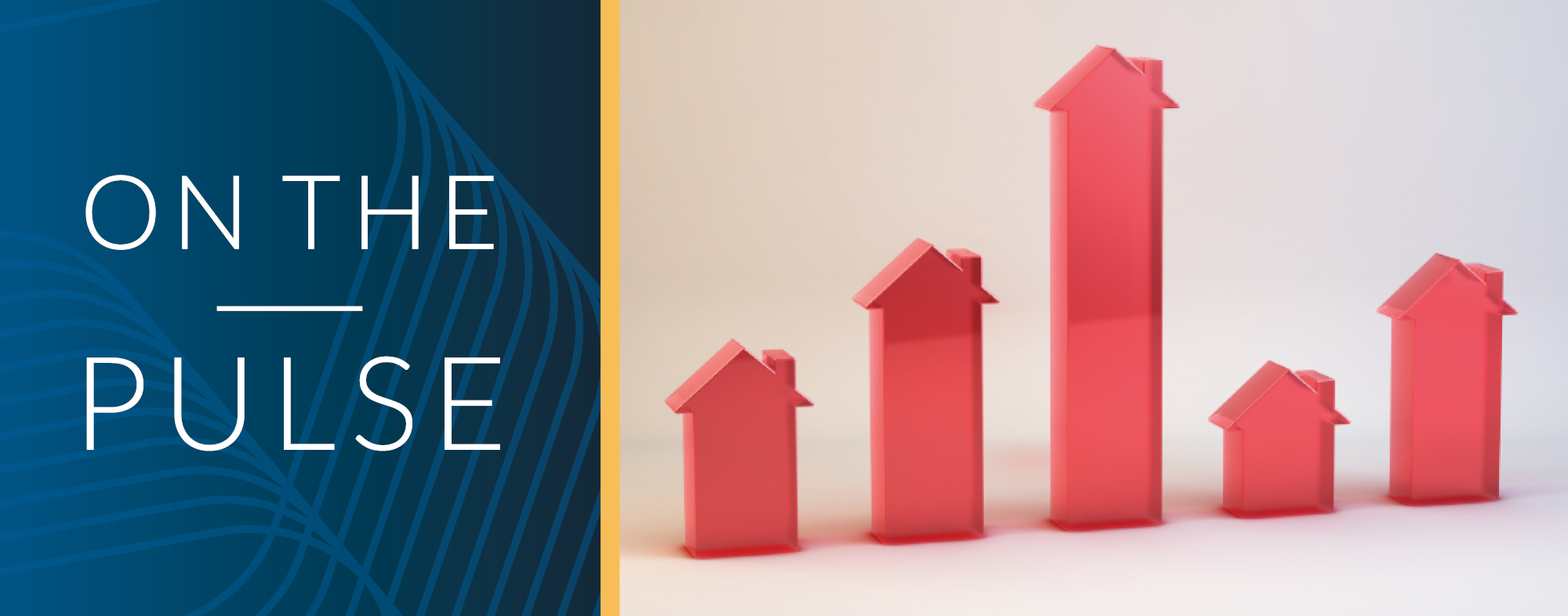
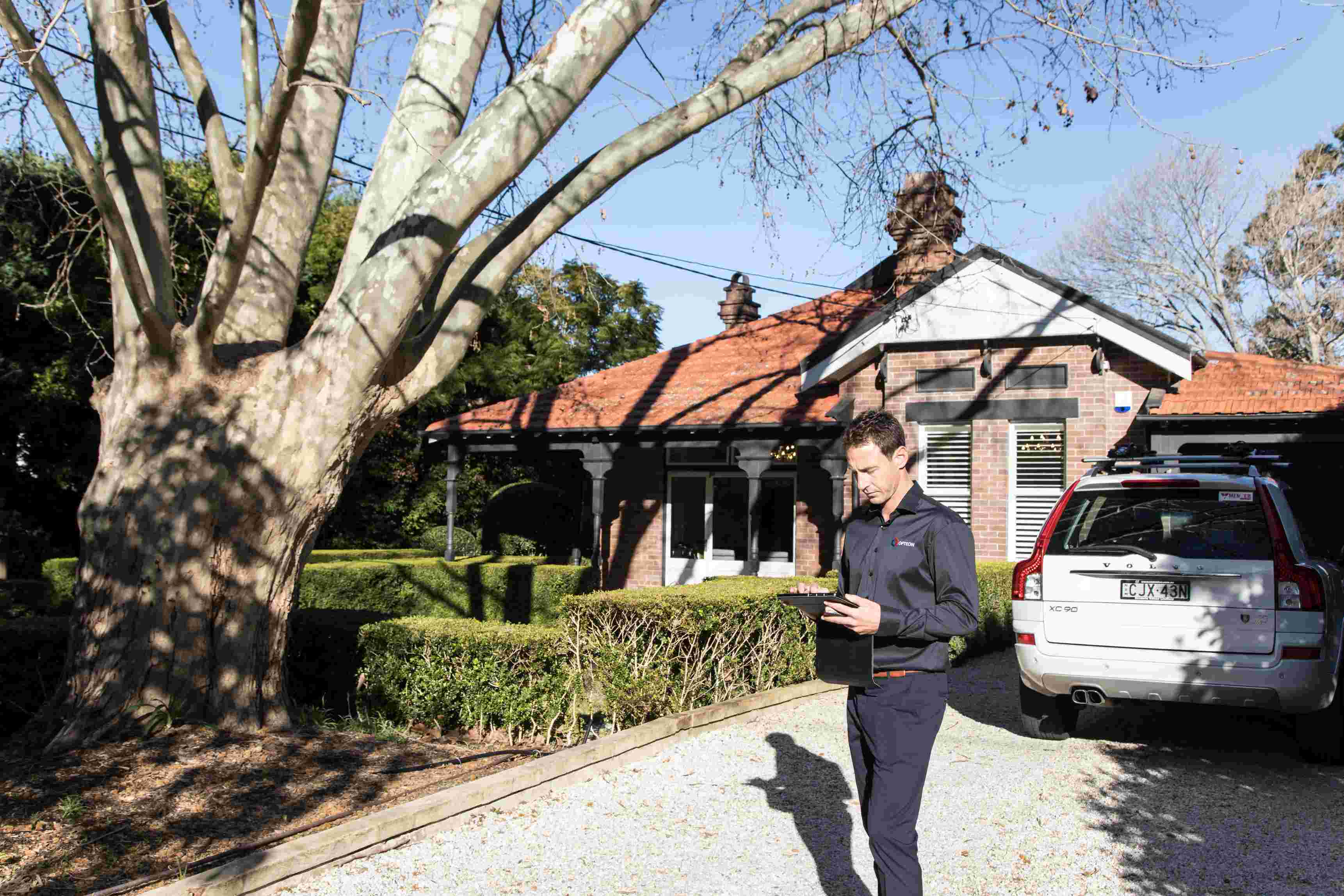

.jpg)
.jpg)

.png)
